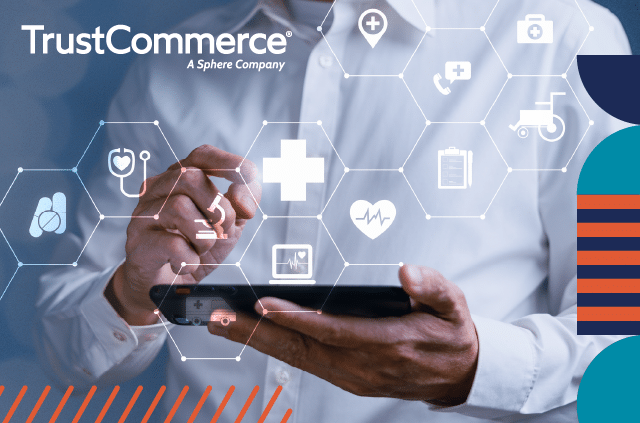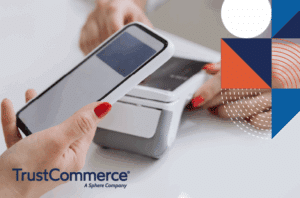Creating patient loyalty is obviously about providing a good patient experience and keeping patients satisfied. Among the best ways providers can deliver high patient satisfaction is to minimize wait times.
Not surprisingly, numerous studies have shown that patients are more likely to be satisfied if they do not have to wait long, and, similarly that increased waits result in reduced patient satisfaction and decreased willingness to return to the practice.
For example, 43% of patients start feeling frustration when wait times exceed 20 minutes, a study by Software Advice found. The same study showed that more than half of physicians surveyed say patients “often” experience wait times longer than 20 minutes, and 61% of physicians have heard negative feedback from their patients regarding wait times.
This patient frustration and dissatisfaction may result in financial repercussions for providers. One survey found that 30% of patients have left a doctor’s appointment due to a long wait, while another revealed that providers lose $200 for every open or no-show appointment slot on average.
And it isn’t only patient satisfaction that suffers as a result of long wait time – all aspects of the patient experience do, according to an article in the American Journal of Managed Care. “While it is well established that longer wait times are negatively associated with clinical provider scores of patient satisfaction, results indicated that every aspect of patient experience – specifically confidence in the care provider and perceived quality of care – correlated negatively with longer wait times,” the authors wrote.
There’s no question patients take wait times seriously: 24% say they have changed providers specifically to avoid long wait times, 24% percent have discouraged their friends and family from seeing a certain doctor, and 14% have left critical comments on online review sites because of practice wait times, according to Software Advice.
The importance of a positive digital patient experience
Certainly, it is important for providers to be transparent with patients about the wait times they should anticipate, to properly set expectations. However, there are a number of digital patient engagement tools that providers can adopt that can reduce patient wait times, resulting in a positive digital patient experience and higher satisfaction, driving greater loyalty.
Patients want “self-serve options,” such as the ability to self-schedule appointments and do paperwork online, according to a recent 1,000-patient survey. The survey revealed the increasing importance of delivering a positive digital experience for patients, finding that 63% of respondents said their doctor’s digital patient engagement tools weren’t meeting their expectations, while 41% said they changed doctors as a result of a bad digital patient experience.
To improve patient loyalty, providers should consider the adoption of digital patient engagement tools, such as:
Self-scheduling and appointment reminders: Consumers have come to expect the ability to self-schedule events online, such as dinner reservations, oil changes, and hairstyling appointments, and increasingly look for providers to offer online appointment scheduling. When providers give patients the option to self-schedule appointments, rather than requiring them to call for appointments during office hours, they can reduce barriers to care and improve patient satisfaction. Appointment reminders can help keep patients on schedule and gives providers the opportunity to provide any pre-visit instructions for a smoother visit.
Pre-arrival solutions: Using express check-in and pre-screener tools, patients can check in for the appointments on a mobile device or kiosk. Completing the check in paperwork digitally in advance of the appointment can reduce wait times and create a better experience.
Card-on-file: Card-on-file transactions refer to payments in which cardholder information is securely stored on-file to be used for future purchases. The card-on-file option appeals to some patients due to its convenience of relieving them from needing to enter their 16-digit credit card number, expiration date, and security code for future transactions.
Digital wallets: Digital wallets can be easily accessed on computers or smartphones and eliminate the need for consumers to carry a traditional wallet or credit or debit card. Patients may make payments using digital wallets at in-person payment terminals, apps, and on websites. This payment option offers patients and providers a much higher level of convenience, ease-of-use, and efficiency than traditional methods of medical bill payment.
Providers can improve patient satisfaction by decreasing wait times. By embracing digital engagement tools that reduce wait times, providers can be rewarded with greater patient loyalty and retention.
For more information on how you can reduce your wait times with digital engagement tools, contact TrustCommerce today.
Keywords and Definitions
- Patient Engagement Tools: Digital solutions such as mobile check-ins, self-scheduling and payment processing, that healthcare providers use to interact with patients in a digital space.
- Digital Patient Experience: How satisfied a patient is with the digital solutions that healthcare providers offer patients such as applications and websites.
- Patient Loyalty: A patient’s willingness to continue seeking care from the same healthcare provider based on positive experiences.
- Digital Wallet: A digital wallet, or mobile wallet, is an electronic device that stores payment information to allow individuals to make purchases without having a physical credit card on hand like Apple Pay and Google Pay.
- Contactless/Near-field communication (NFC): A way of transferring data wirelessly between devices like smartphones, laptops and tablets when they are close to each other. This technology makes it possible to use mobile wallets like Apple Pay and Google Pay, as well as contactless cards for making payments.






